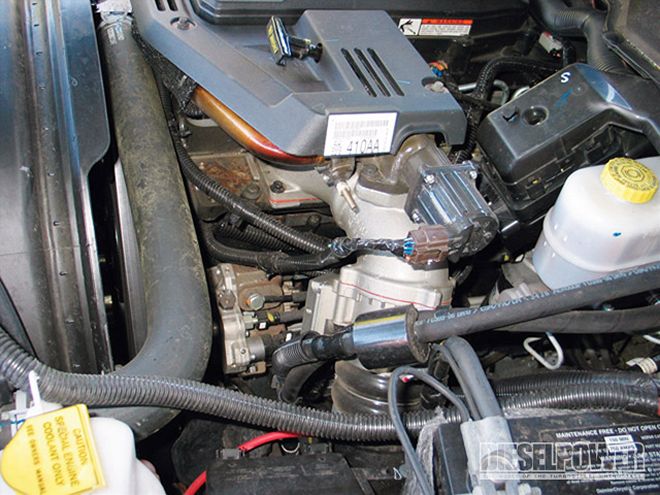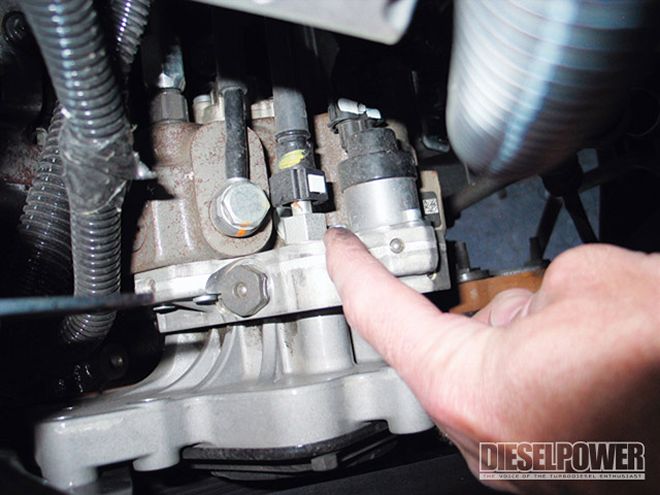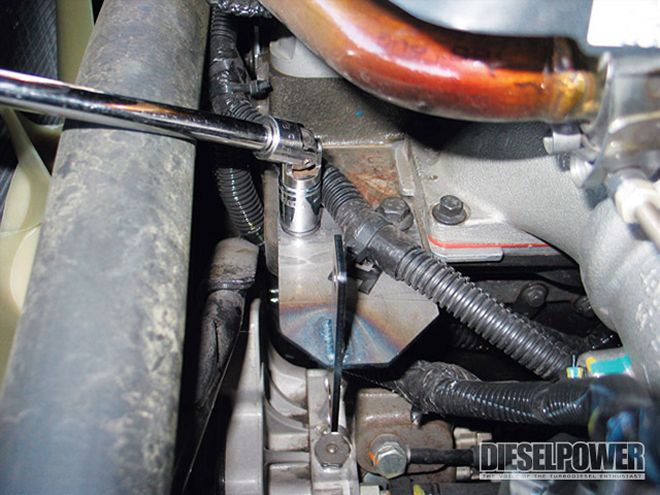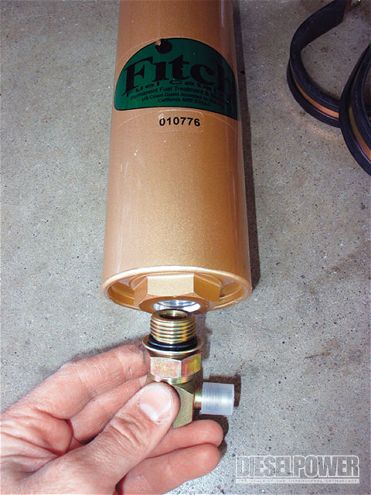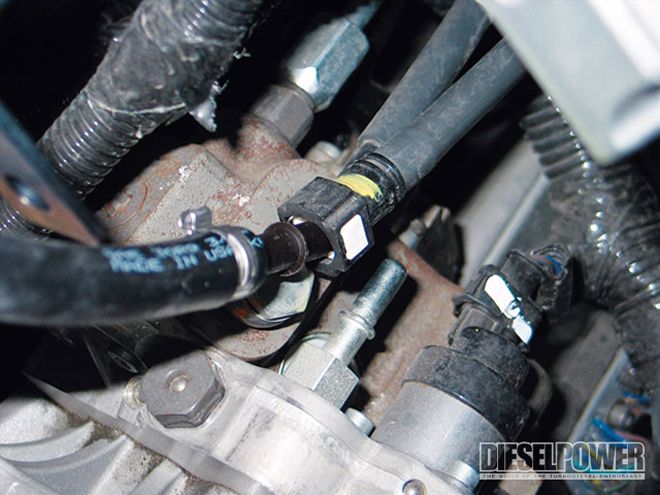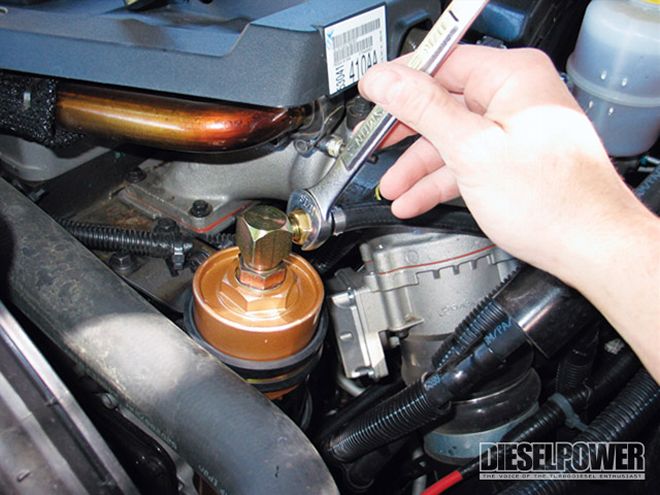Up until now, all of our modifications have had ulterior motives. Any fuel mileage increases were a welcome side effect of the products installed, but not the only reason for their being chosen. However, our primary purpose in bolting a Fitch Fuel Catalyst from Advanced Power Systems International to our 6.7L Cummins was to see if the company's claims of increased fuel economy would really pan out. We tested this product for more miles than any of our other modifications in this series and discovered some interesting results.

| fitch Fuel Catalyst pre Production Kit
For starters, the company's claims about the unit sound too good to be true. Fitch told us the engine would run cleaner, regenerate the diesel particulate filter less, produce less soot, enjoy a more efficient combustion of the fuel, idle smoother, and feel more powerful. As part of the installation procedure, the batteries are supposed to be disconnected and the positive and negative leads touched together to allow the computer to fully recalibrate for the newly conditioned fuel. It seemed to us that the computer should eventually recalibrate whether the leads are disconnected or not. So we skipped this step on purpose to see what would happen, assuming that after some period of time the recalibration would be completed. We ran the Fitch on our truck without disconnecting the batteries for almost 2,000 miles and saw virtually no difference in economy. The fuel mileage varied plus or minus 1 mpg from our previous tallies. Finally, we followed Fitch's directions and disconnected the batteries and our average mileage instantly jumped almost 1.5 mpg.
We then wondered if disconnecting the batteries would have similar results even if the Fitch wasn't installed, so we planned to remove the unit and test our theory. Unfortunately, before we could conduct this test, our truck threw a check engine light and started tripping codes for the EGR system (pretty common in the early 6.7Ls), so we removed the Fitch and brought the truck into the dealership. We'd like to make it clear that the Fitch did not cause the check engine light. We only removed it to prevent unwanted questions at the dealer.
As part of the work performed, the dealership updated the truck's calibration from the AV to the AX version (the most current version at the time), and we saw our overall fuel economy numbers tank. Since the new engine flash effectively nullifies any of our previous testing data, we'd need a whole lot more time to test the battery thing. As of this writing we haven't had a chance to reinstall the Fitch to compare, but we'll address this in the wrap-up installment at the end of this series. Check back next time to see if some Amsoil synthetic lube makes any noticeable difference at the fuel pump.
The Mileage Report Here’s the running tally for each installment of this series. Mileage numbers are generated on the same 250-mile mixed freeway and city street circuit and are hand-calculated by noting miles driven and fuel used from the same pump at the same fuel station. Numbers are the average of at least three test circuits.
* Stock
15.55 mpg
* S&B cold-air intake
16.31 mpg S&B cold-air intake, Snugtop Xtra Vision
17.30 mpg * S&B cold-air intake, Snugtop Xtra Vision,
Toyo Open Country A/T
16.20 mpg
* S&B cold-air intake, Snugtop Xtra Vision,
Toyo Open Country A/T, Dynatrac Free-Spin
17.13 mpg
* S&B cold-air intake, Snugtop Xtra Vision,
Toyo Open Country A/T, Dynatrac Free-Spin,
Fitch Fuel Catalyst
18.557 mpg

| fitch Fuel Catalyst installed
Hidden Benefit To Date
3.007 mpg
